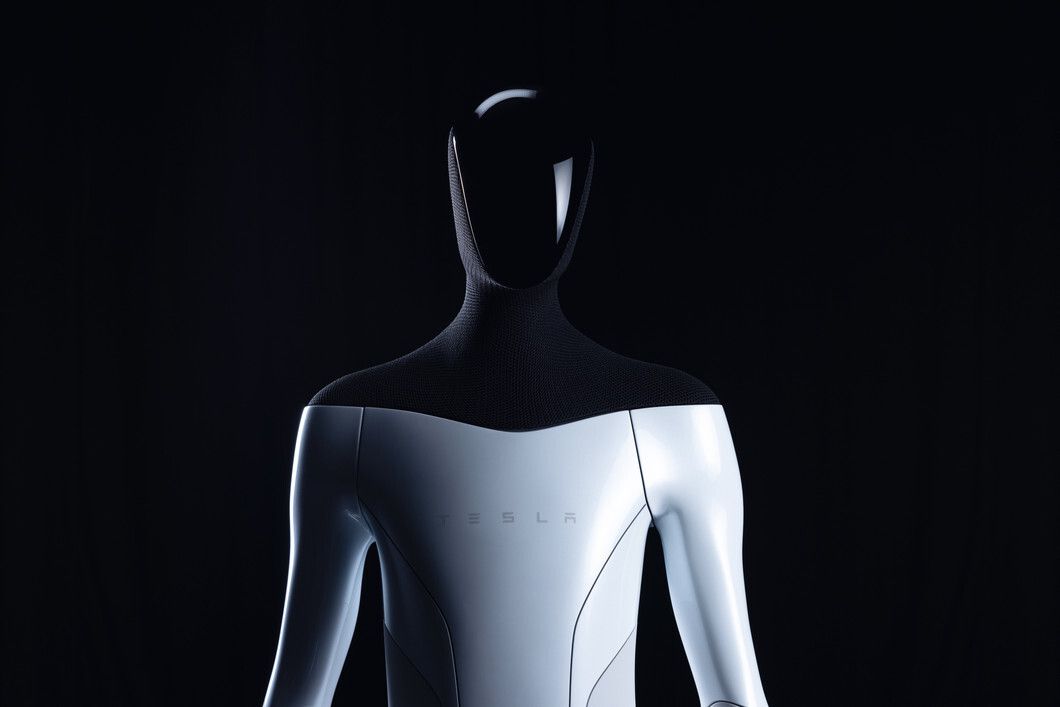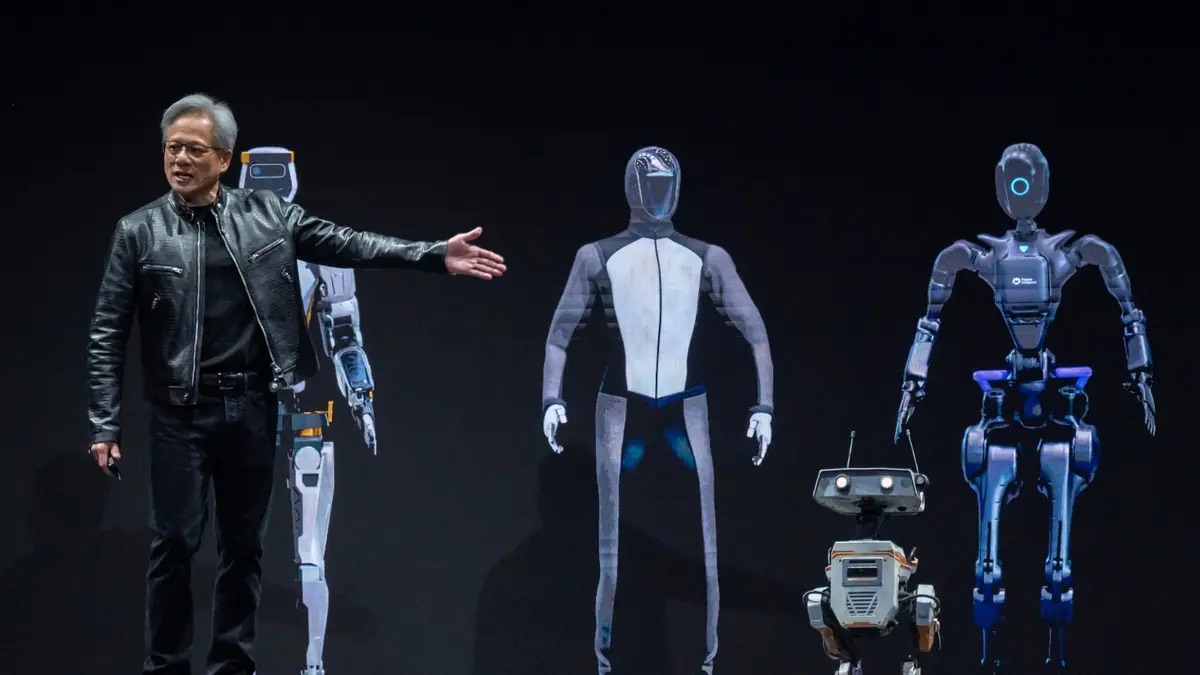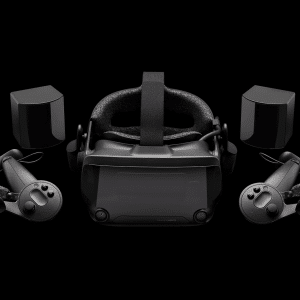A new wave of technology is beginning to take shape, with some of the biggest names in the industry making significant investments in humanoid robots. Meta has reportedly ramped up its efforts to develop AI-powered robotic assistants, while Apple is rumored to be working on its own version of a domestic robot. The competition between these two giants could determine the future of household automation and shape how these machines integrate into everyday life.
Apple’s Approach to Robotics
For years, Apple has been known for its carefully curated product ecosystem, focusing on privacy, seamless integration, and user-friendly experiences. The company’s interest in robotics has been an open secret, with reports suggesting that a team within Apple has been exploring the potential of humanoid robots. While the details remain scarce, speculation has centered around Apple’s ability to bring an advanced, intuitive, and privacy-focused domestic robot to market.
According to reports, Apple’s robot project is being developed under a “skunk-works” initiative, which typically refers to experimental research teams working outside the company’s primary product development cycle. While some experts believe a fully functional humanoid robot is still years away, Apple’s history of refining existing technologies before introducing them to the public suggests that any robot it releases will likely be polished and highly capable.
Meta’s Investment in AI-Driven Humanoid Robots
Unlike Apple, which has remained relatively quiet about its robotic ambitions, Meta has been more transparent about its interest in AI-powered humanoid robots. The company has reportedly dedicated significant resources to the development of robotic assistants designed to handle household tasks. Meta’s vision for these robots involves integrating advanced AI models that can understand human behavior, interact naturally, and assist with everyday chores.
Reports indicate that Meta has already begun working with robotics companies such as Unitree Robotics and Figure AI Inc. to explore potential hardware partnerships. While Meta appears to be prioritizing software development, there is speculation that the company could eventually release its own branded hardware. By leveraging its AI research and experience with virtual environments, Meta aims to create robots that not only function efficiently but also engage in lifelike interactions with their owners.
The Potential of Domestic Robots
The concept of a humanoid robot capable of assisting with household tasks has long been a fixture of science fiction. While robotic vacuums and smart home assistants have become increasingly common, fully functional humanoid robots remain an ambitious goal. One of the biggest challenges in developing these machines is ensuring that they are both practical and affordable.
Many companies have focused on commercial applications for humanoid robots, with examples such as Boston Dynamics’ Atlas being designed for warehouse and industrial environments. However, transitioning from industrial use to consumer-friendly robots presents several hurdles. The cost of development, the complexity of human-robot interactions, and consumer concerns over privacy and security are all factors that will determine how quickly these robots become widely available.
Tesla, for instance, has announced plans for a humanoid robot called Optimus, which it expects to price at around $30,000. While this figure is significantly lower than what commercial robots typically cost, it is still high for the average consumer. If companies like Apple and Meta can create robots that are both functional and reasonably priced, they could open the door to widespread adoption.

Privacy and Security Concerns
One of the most significant barriers to the widespread adoption of domestic robots is consumer apprehension regarding privacy and security. A humanoid robot equipped with multiple cameras, microphones, and AI-driven capabilities could feel like an intrusive presence in a home. This concern is particularly relevant when considering Meta’s history with data collection and privacy controversies.
Apple, on the other hand, has built a reputation for prioritizing user privacy. If the company decides to move forward with its humanoid robot project, it could leverage this reputation as a competitive advantage. By implementing stringent privacy measures and ensuring that data processing occurs on-device rather than in the cloud, Apple could ease some of the concerns associated with robotic assistants.

The Competitive Landscape
The race to develop humanoid robots is not limited to Apple and Meta. Other technology companies, including Google, Amazon, and Tesla, have also explored robotics in various capacities. Amazon’s Astro, for example, is a small home robot designed for security and companionship, though it lacks humanoid features. Google has invested in AI-driven robotics research, but it has yet to release a consumer-facing product.
Tesla’s Optimus robot represents another approach to the humanoid robot market. While Tesla’s emphasis is on automation for industrial and business applications, the company has suggested that its robots could eventually be adapted for home use. However, Tesla’s track record of overpromising and underdelivering on timelines has led some analysts to be skeptical about how soon such robots will be available.
The entrance of multiple major players into this space could accelerate development and push companies to refine their products more quickly. Competition often leads to innovation, and if companies see a growing market for domestic robots, they may prioritize bringing these products to consumers sooner than expected.
The Role of AI in Robotics
Artificial intelligence is at the heart of modern robotics development. The ability of robots to understand and interact with humans naturally will be a defining factor in their success. AI models have already demonstrated impressive capabilities in natural language processing, computer vision, and contextual awareness, all of which are essential for humanoid robots.
Meta’s strength in AI research could give it an edge in developing humanoid robots that feel more interactive and lifelike. The company’s investments in virtual assistants, chatbots, and machine learning algorithms could translate into highly capable robotic assistants. However, the challenge lies in integrating these AI models into a physical form while ensuring reliability and user safety.
Apple’s expertise in hardware and software integration could be a key advantage. The company has a history of optimizing AI for real-world applications, such as facial recognition, Siri voice commands, and computational photography. If Apple applies its AI research to robotics, it could create a humanoid robot that seamlessly integrates with the broader Apple ecosystem.

The Future of Household Robotics
As technology advances, the idea of humanoid robots assisting in daily life is becoming more feasible. While mass adoption is still years away, incremental developments in AI, hardware miniaturization, and sensor technology are bringing us closer to that reality. Companies that can strike the right balance between functionality, affordability, and user trust will likely lead the way in this emerging market.
For Apple, the challenge will be to develop a robot that aligns with its core philosophy of privacy, design elegance, and seamless integration. If the company can achieve this, it could redefine the perception of humanoid robots and make them more acceptable to the average consumer.
Meta, on the other hand, has the opportunity to leverage its AI advancements to create robots that feel more interactive and engaging. However, overcoming privacy concerns and building consumer trust will be essential for success. If the company can demonstrate a commitment to user security while delivering a compelling product, it could carve out a significant share of the market.
The introduction of humanoid robots into homes is an exciting yet complex challenge. The coming years will determine whether these machines become an integral part of daily life or remain a niche luxury. With competition heating up between Apple, Meta, and other industry leaders, the development of domestic robots is set to be one of the most fascinating technological battles of the decade.








